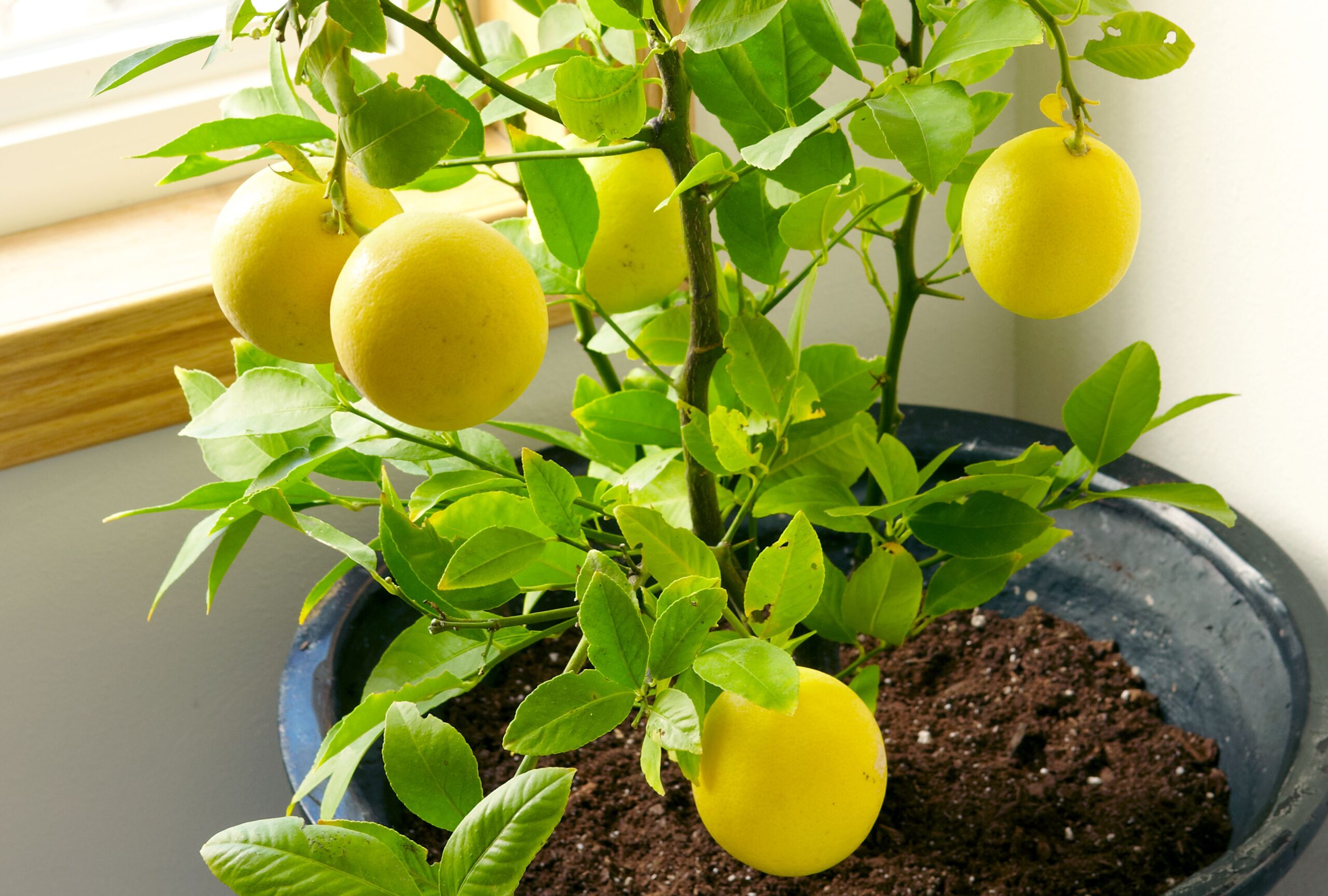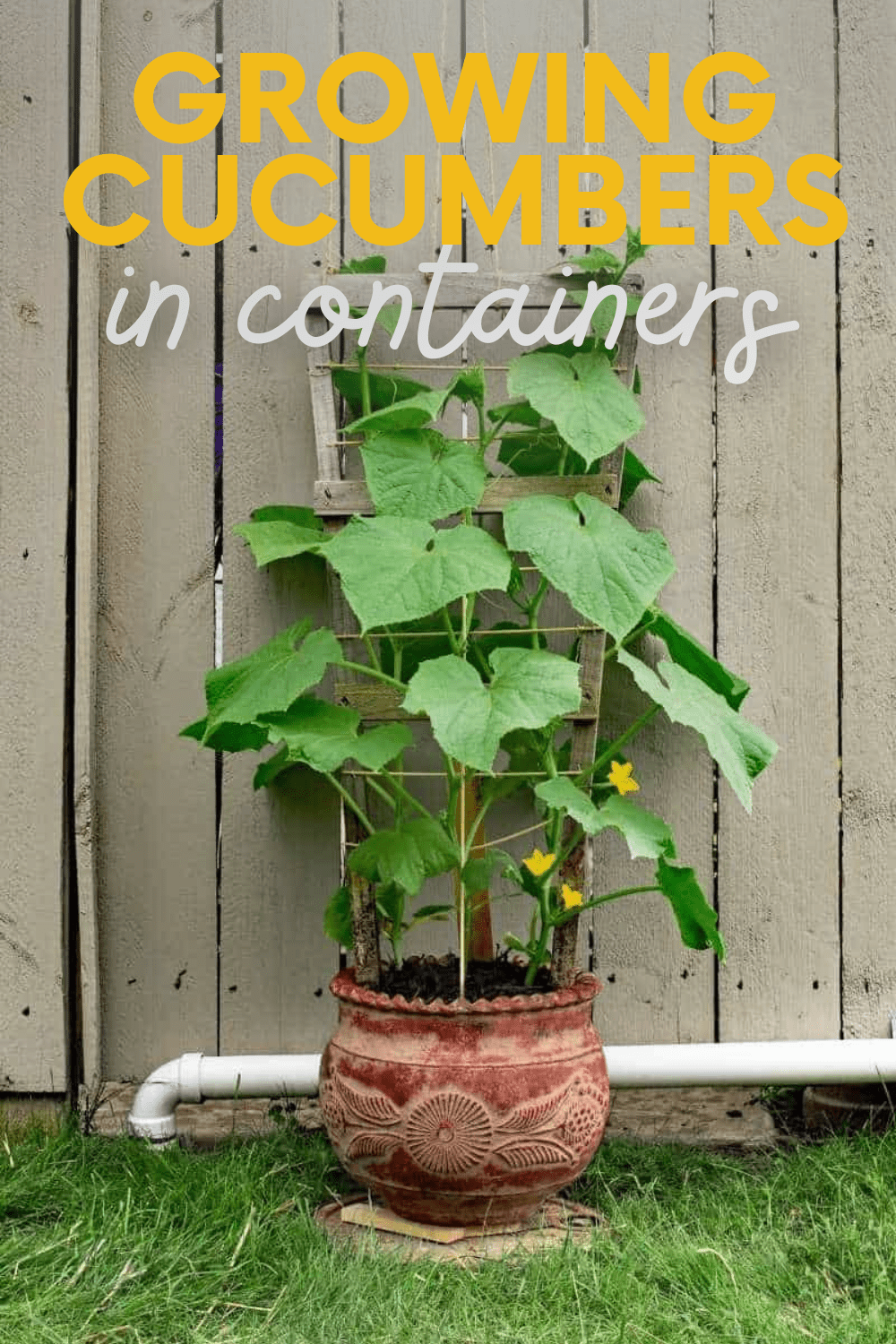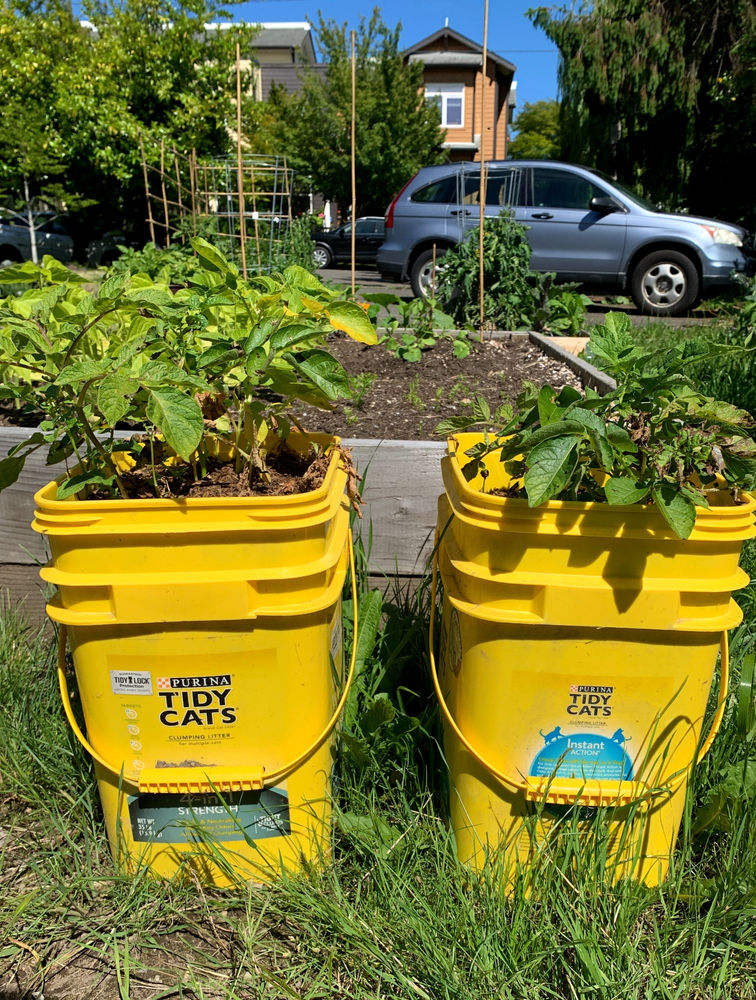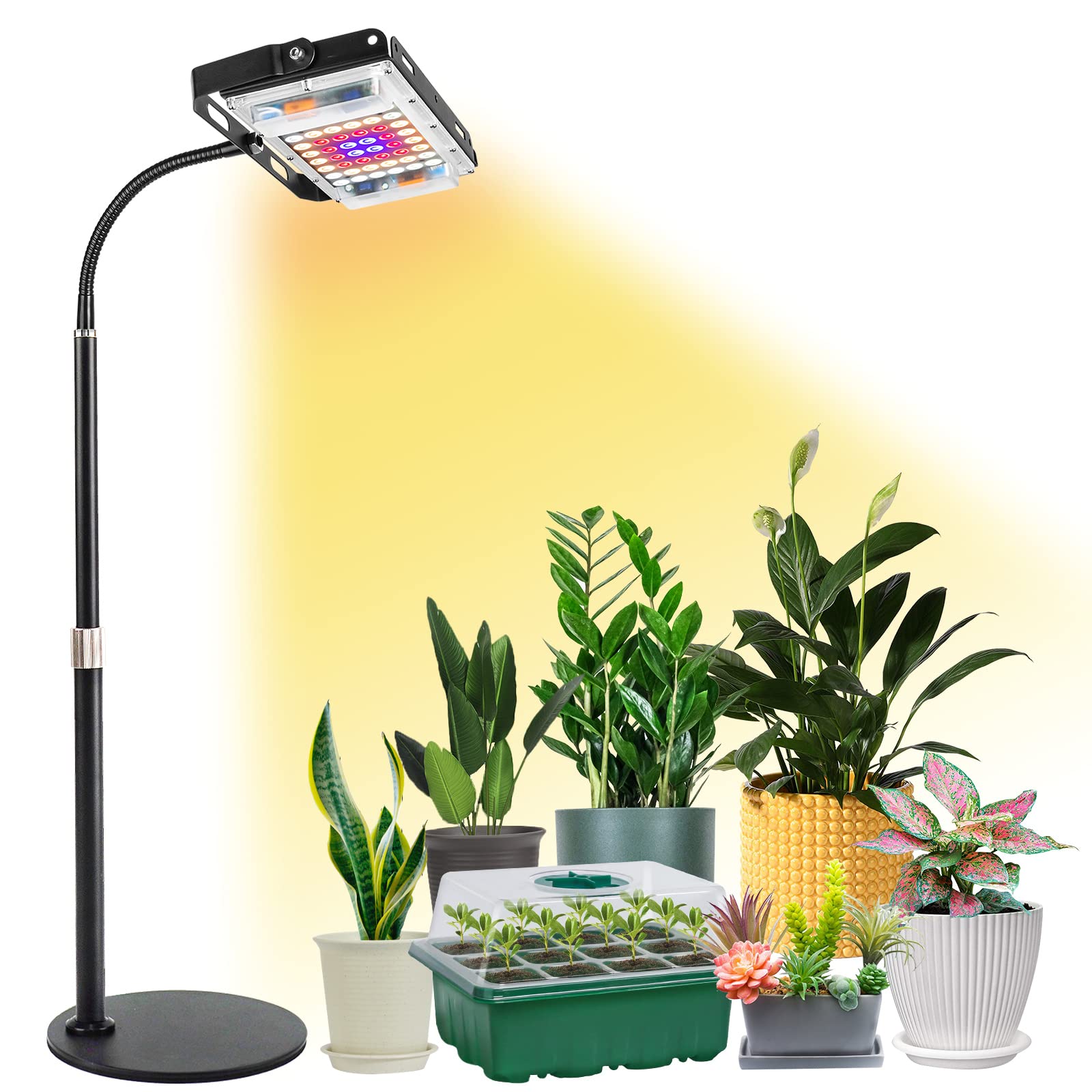To grow a lemon tree from seed, plant the seed in well-draining soil, water it regularly, and provide adequate sunlight and warmth. Growing a lemon tree from a seed can be a rewarding and fulfilling experience.
Lemon trees are not only beautiful additions to any garden or indoor space, but they also provide an abundant supply of fresh, tangy lemons. Whether you’re a beginner or an experienced gardener, growing a lemon tree from seed is a simple and straightforward process.
With a little patience, care, and the right conditions, you can enjoy homegrown lemons in no time. We’ll guide you through the step-by-step process of growing a lemon tree from seed, so let’s get started!
:max_bytes(150000):strip_icc()/GettyImages-1343511772-ab57623574cb4082a563ad1537003182.jpg)
Credit: www.southernliving.com
Selecting The Right Lemon Seeds
Growing a lemon tree from seed can be a rewarding and enjoyable experience. However, to ensure successful growth, it is important to select the right lemon seeds. In this section, we will discuss two key aspects of selecting lemon seeds – choosing between fresh seeds and store-bought seeds, and selecting the right lemon variety.
Fresh Seeds Vs Store-bought Seeds
When it comes to selecting lemon seeds, you have two options: fresh seeds or store-bought seeds. While both options can potentially yield healthy lemon trees, there are a few differences to consider.
Fresh Seeds:
- Pros: Fresh seeds are typically obtained directly from ripe, healthy lemons, ensuring their viability. They are free from any potential damage or exposure to chemicals that store-bought seeds might have.
- Cons: Obtaining fresh seeds requires access to a ripe lemon and some patience. Not all lemons available in grocery stores may have viable seeds, as some varieties are seedless.
Store-Bought Seeds:
- Pros: Store-bought lemon seeds are readily available and convenient to obtain. They can be purchased from nurseries or online, providing a wide variety of lemon tree options.
- Cons: Store-bought seeds may have been exposed to chemicals or treated in a way that affects their viability. Additionally, the variety of lemon trees available may be limited compared to what you can obtain from fresh seeds.
Choosing The Right Lemon Variety
When selecting lemon seeds, it is essential to choose the right lemon variety that suits your preferences and requirements. Here are a few popular lemon varieties to consider:
| Variety | Description |
|---|---|
| Eureka Lemon | A common variety with a tangy flavor and abundant fruit production. |
| Meyer Lemon | A sweeter and less acidic variety known for its thin, smooth skin. |
| Lisbon Lemon | Another popular variety with a strong lemon flavor and thick, bumpy skin. |
Consider factors such as taste preference, tree size, and climate suitability when choosing the right lemon variety. Ultimately, selecting a lemon variety that aligns with your preferences will enhance your overall gardening experience.

Credit: www.youtube.com
Preparing The Seeds For Planting
Before you embark on your journey to grow a lemon tree from seed, it’s essential to properly prepare the seeds for planting. This crucial step sets the foundation for successful germination, setting the stage for healthy and vibrant lemon trees to come.
Drying And Storing Seeds
Before planting, it’s important to ensure that the lemon seeds are thoroughly dried. Simply rinse off any pulp or residue from the seeds and then lay them out on a paper towel. Allow them to air-dry for several days, ensuring that they are completely dry before proceeding. Once dried, store the seeds in a dry, cool place until you are ready to begin the stratification process.
Stratification Process
Stratification is a method that involves mimicking the natural cold and moist conditions that seeds would experience in their natural environment during the winter. For lemon seeds, this involves placing the dried seeds in a moist growing medium, such as peat moss or vermiculite, and then refrigerating them for several weeks. This process helps to break the seed’s dormancy and prepare them for germination.
Creating Ideal Growing Conditions
Creating ideal growing conditions is crucial when it comes to successfully growing a lemon tree from seed. By providing the right container, preparing the potting mix, and ensuring optimal light and temperature conditions, you can give your lemon tree the best chance of thriving.
Choosing The Right Container
When choosing a container for your lemon tree, it’s important to consider its size and drainage capabilities. Opt for a pot that is at least 12 inches deep and wide, allowing enough room for the roots to grow. Ensure that the pot has drainage holes at the bottom to prevent waterlogged soil, which can lead to root rot. A lightweight and durable material like plastic or clay is recommended for easy handling and good airflow.
Preparing The Potting Mix
The potting mix plays a crucial role in providing the necessary nutrients and moisture for your lemon tree. Create a well-draining mix by combining equal parts of peat moss, perlite, and vermiculite. This combination allows for proper water retention while preventing the roots from getting waterlogged. Adding a slow-release fertilizer will provide your lemon tree with the necessary nutrients for healthy growth.
Providing Optimal Light And Temperature
Lemon trees thrive in bright, direct sunlight, so choose a location where your tree will receive at least 6-8 hours of sunlight each day. If growing indoors, place the tree near a south-facing window or use grow lights to supplement the natural light. It’s important to maintain a steady temperature between 55-85°F (13-29°C). Avoid exposing the tree to drastic temperature fluctuations, as this can cause stress or damage to the plant.
By creating these ideal growing conditions, you are setting your lemon tree up for success. Remember to regularly water and fertilize your tree, and with patience and care, you will soon enjoy the fruits of your labor.
Planting And Caring For Lemon Seeds
When it comes to growing lemon trees from seed, it’s important to know how to properly plant and care for the seeds. Planting and caring for lemon seeds involves several steps, including planting the seeds, watering and fertilizing, as well as pruning and training the growing tree. By following these steps, you can successfully grow and care for your own lemon tree at home.
Planting The Seeds
Planting lemon seeds is the first step towards growing a healthy lemon tree. Here’s how you can do it:
- Start by selecting fresh, ripe lemons with plump seeds.
- Cut open the lemon and gently remove the seeds, making sure not to damage them.
- Clean the seeds by rinsing them with water and removing any remaining pulp.
- Fill a small container with moist potting soil and insert the lemon seeds about half an inch deep.
- Cover the seeds with a thin layer of soil and gently press it down.
- Place the container in a warm location, preferably with indirect sunlight.
Watering And Fertilizing
Proper watering and fertilizing are crucial for the growth and development of lemon seeds. Follow these guidelines:
- Water the seeds regularly, making sure the soil remains consistently moist but not waterlogged.
- Avoid overwatering, as it can lead to root rot and other plant diseases.
- When the seedlings reach about 6 inches tall, you can start fertilizing them with a citrus-specific fertilizer.
- Follow the instructions on the fertilizer package to determine the appropriate amount and frequency of application.
- Use a balanced fertilizer that provides essential nutrients like nitrogen, phosphorus, and potassium.
Pruning And Training
Pruning and training your lemon tree is essential for maintaining its shape and promoting healthy growth. Here’s what you need to know:
- Begin pruning your lemon tree when it reaches about 1 year old.
- Remove any dead or damaged branches using a clean, sharp pair of pruning shears.
- Thin out overcrowded branches to improve air circulation and sunlight penetration.
- Prune back vertical shoots to encourage lateral branching and a more compact shape.
- Trim the tree annually to maintain its desired size and shape.
- Consider using stakes or trellises to train the branches and support the growing tree.
By following these steps for planting and caring for lemon seeds, you can enjoy the satisfaction of growing your own lemon tree. Remember to provide proper sunlight, water, and nutrients to ensure the healthy growth of your lemon tree.
Transplanting Seedlings To The Outdoors
Transplanting seedlings to the outdoors is a crucial step in the process of growing a lemon tree from seed. It involves acclimating the young plants to the natural outdoor environment to ensure they thrive once planted in the ground. In this section, we will discuss the essential steps for successfully transplanting lemon tree seedlings to the outdoors.
Hardening Off The Seedlings
Hardening off the seedlings is a vital step before transplanting them outdoors. This process involves gradually exposing the young plants to outdoor conditions like sunlight, wind, and temperature fluctuations. Initially, place the seedlings in a sheltered outdoor area for a few hours each day, gradually increasing the exposure over 7-10 days to toughen them up for the transition.
Choosing The Right Planting Location
When selecting a location for transplanting lemon tree seedlings, it’s essential to consider factors like sunlight, soil drainage, and protection from harsh wind. Lemon trees thrive in well-draining, fertile soil with full sun exposure. Ensure the chosen spot receives at least 6-8 hours of sunlight daily and is shielded from strong winds and frost.
Transplanting And Ongoing Care
Before transplanting the seedlings, dig a hole twice as wide as the root ball and deep enough to accommodate the roots without bending them. Gently remove the seedling from its container, place it in the hole, and backfill with soil. Water thoroughly and apply a layer of organic mulch around the base to retain moisture and suppress weeds. Ongoing care involves regular watering, fertilizing, and protecting the tree from pests and diseases.

Credit: practicalselfreliance.com
Conclusion
Growing a lemon tree from seed can be a rewarding endeavor. With the right care and attention, anyone can enjoy the beauty and bounty of their very own lemon tree. By following the simple steps outlined in this guide, you can experience the joy of nurturing a seed into a flourishing tree, and eventually, enjoying the fruits of your labor.









